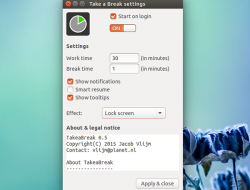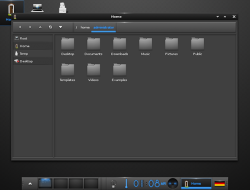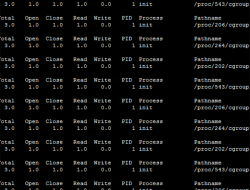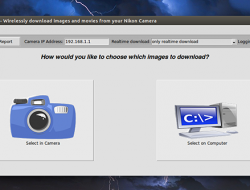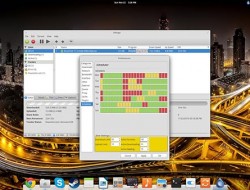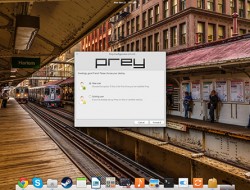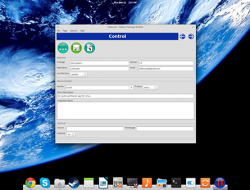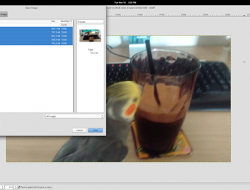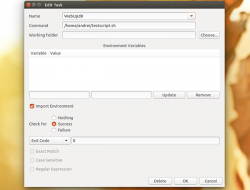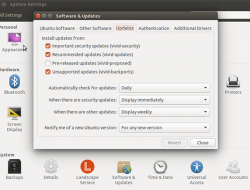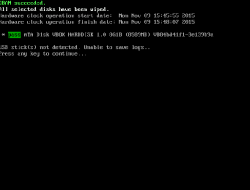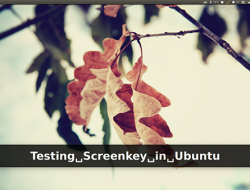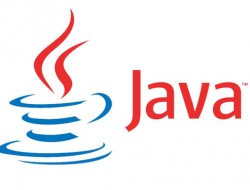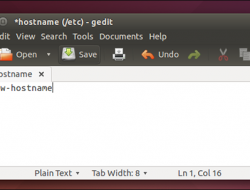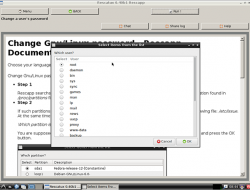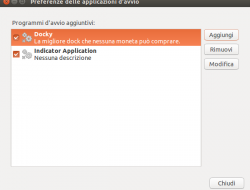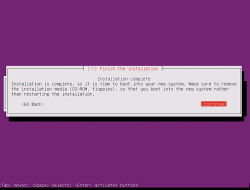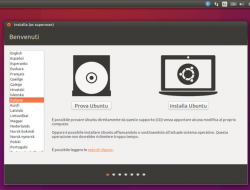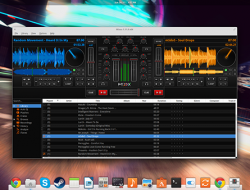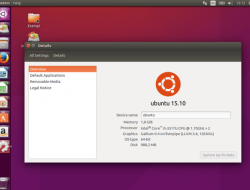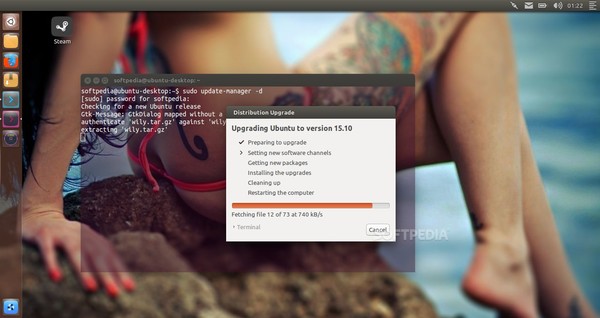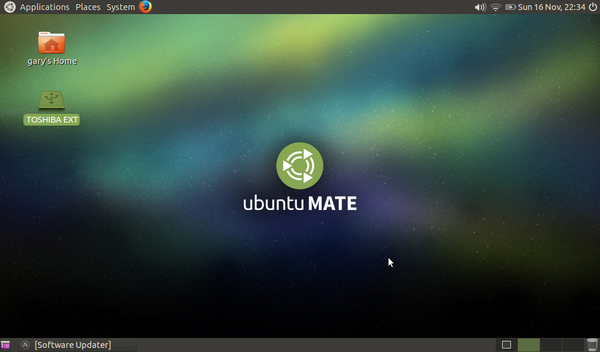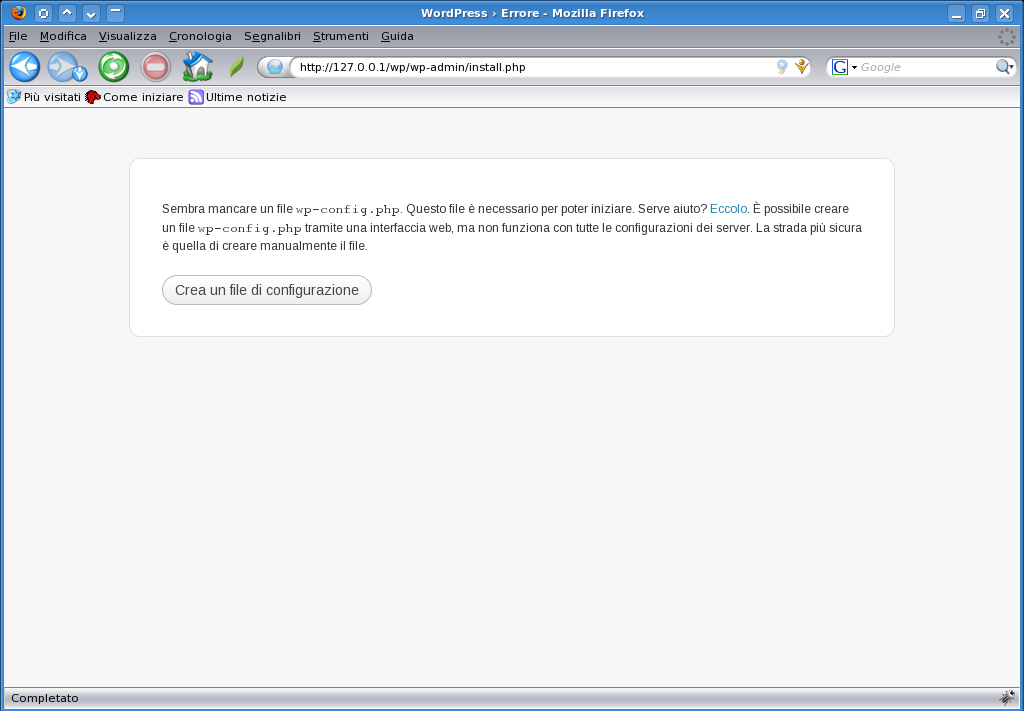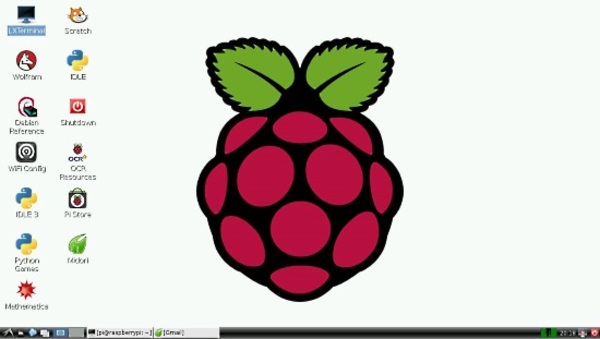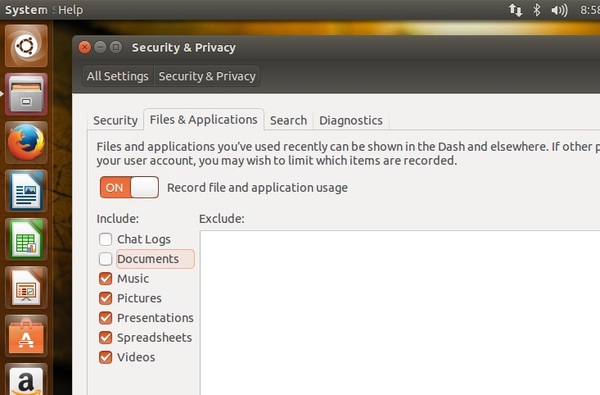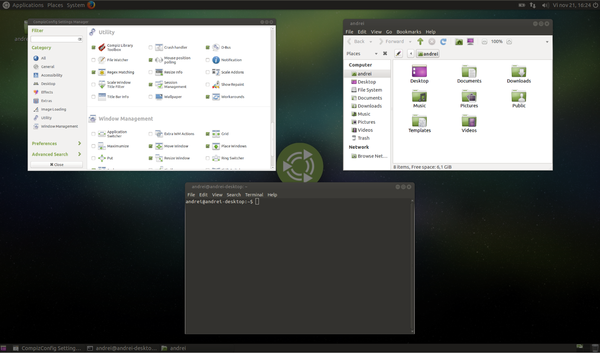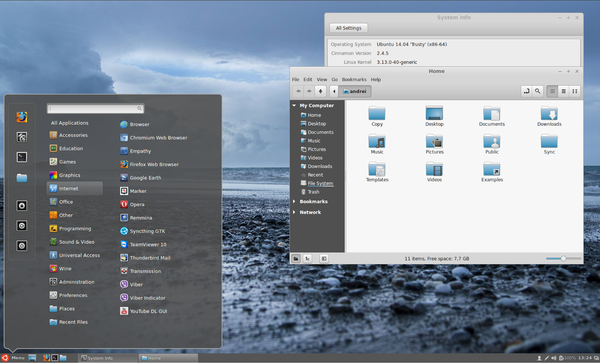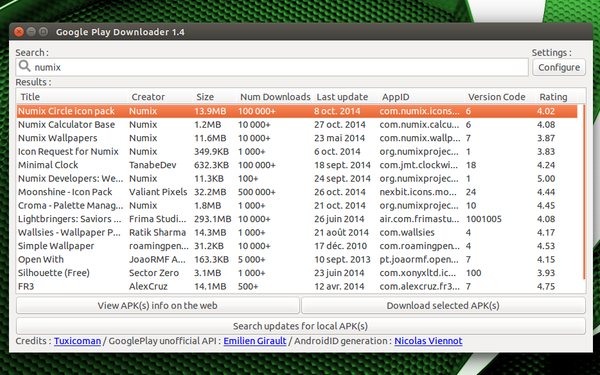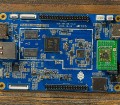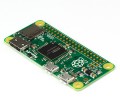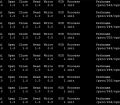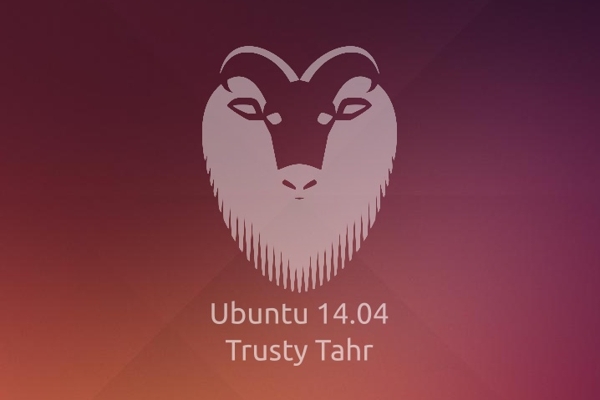Da qualche giorno è disponibile per il download l’ultima versione stabile del kernel 2.6. Stiamo parlando della release 2.6.30 che include il supporto ad un bel po’ di filesystem.
![]()
Linus Torvalds ha da poco annunciato la disponibilità del kernel 2.6.30. Tra le tante novità segnaliamo il supporto al filesystem NILFS2 e quelli, preliminari, a NFS 4.1, EXOFS e FS-Cache. Degne di nota sono anche le numerose feature incluse nel kernel, oltre ovviamente al supporto a nuove periferiche hardware grazie all’inclusione di centinaia di nuovi driver, alle architetture Microblaze e i notevoli passi in avanti fatti in tema di avvio veloce. Ma oltre ai filesystem, il kernel 2.6.30 presenta nuove funzionalità in fatto di gestione energetica, il supporto DRM per le schede grafiche Radeon R6xx/R7xx e tanto altro ancora.
Major new features of Linux 2.6.30 are said to include:
NILFS2 — This log-structured filesystem offers “continuous snapshotting” restore feature (see above).
POHMELFS and DST — POHMELFS (Parallel Optimized Host Message Exchange Layered File System) is a network distributed filesystem which is said to offer faster I/O operation compared to NFS. DST (Distributed network Storage) is said to streamline the creation of high-performance storage networks.
Reliable Datagram Sockets (RDS) protocol support — RDS provides a high bandwidth, low-latency, inter-process communication protocol and transport system between the servers in a cluster.
Fastboot — Intel’s quick-booting technology performs storage scanning asynchronously, enabling the kernel to keep booting while storage devices are scanned in parallel.
IEEE 802.11w — A preliminary implementation of a proposed WiFi amendment that increases the security of 802.11’s management frames, IEEE 802.11w is said to offer “wireless management frame protection support.”
Preadv()/pwritev() system calls — These Red Hat contributed syscalls, which are also used in BSD, are “a pretty straightforward combination of pread/pwrite and readv/pwrite,” says the kernel project.
EXOFS — This filesystem supports a new generation of experimental, object-based storage devices that offload work from the host, and offer a higher-level interface via an array of objects.
NFS 4.1 — A preliminary version of the IETF’s NFS 4.1, the Linux implementation adds the mandatory-to-implement NFSv4.1 Sessions. Other features, including Parallel NFS, will be added in later releases.
FS-Cache — This caching filesystem caches data from networked filesystems disk, speeding up operations, similar to the CacheFS of other Unix OSes.
Tomoyo — The Tomoyo Mandatory Access Control (MAC) is an alternative to the Selinux and Smack security subsystems, and offers pathname-based access control.
Filesystems performance improvements — To improve disk I/O on fsync calls, changes have been to create an implicit internal fsync of a file after a rename or truncate in ext3, ext4, and Btrfs filesystems.
LZMA/BZIP2 kernel image compression — LZMA or BZIP2 can now be used for compression. The kernel size is said to be about 10 percent smaller with BZIP2 in comparison to the pre-existing GZIP, and about 33 percent smaller with LZMA.
Microblaze support — The new release supports the Xilinx MMU-less Microblaze CPU architecture.
Integrity Management Architecture — The Trusted Computing Group (TCG)’s runtime Integrity Measurement Architecture(IMA) improves security, especially on systems with TPM chips.
Tux returns — The official codename of Linux 2.6.30 may be “Man-Eating Seals of Antiquity”, but it might also be called “The Return of the Tux.” The previous kernel release sent Tux (pictured, as always on the Linux-Watch masthead) on vacation as official mascot in order to showcase a Tasmanian devil called “Tuz”. Now that the Linux world is aware of the Australian species’ endangered status, however, the penguin is back.
Tutta la lista dei cambiamenti dalla versione 2.6.29 è reperibile a questo indirizzo.

